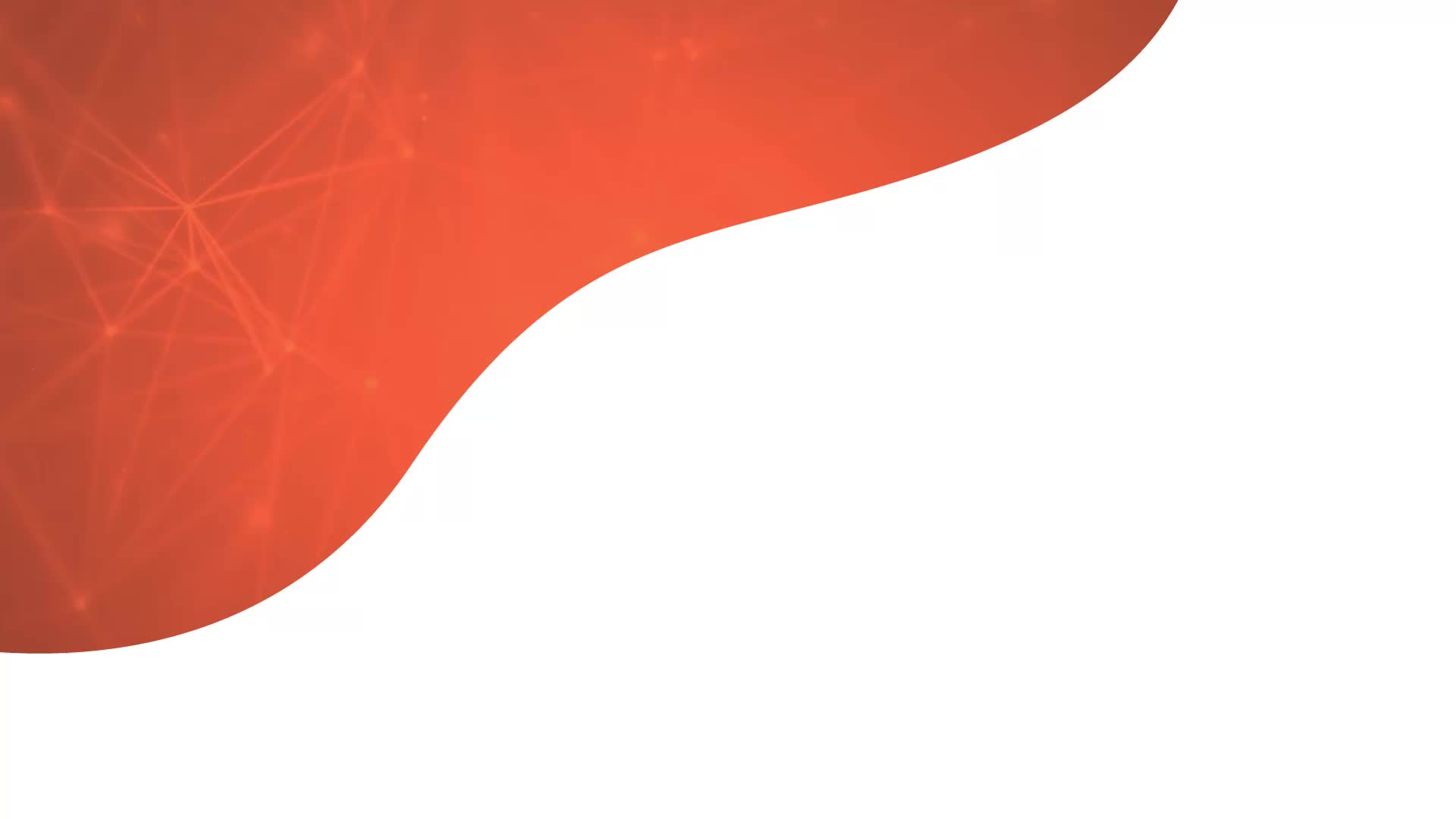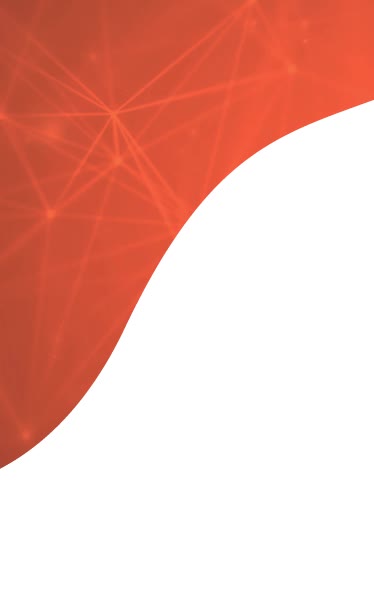The Best Interview Process of 2023
What You Can Learn


What You Can Learn
When it comes to interview and hiring procedures, every company in the engineering industry is going to do things differently. However, because of these different approaches, candidates can have wildly different experiences when they’re applying for roles, which can have a big impact on their likelihood of accepting an offer.
A poor hiring and interview process is one of the fastest ways to lose out on talented candidates. In a market as competitive as engineering, especially in a niche sector like embedded software and device development, businesses can’t afford to miss out on their ideal candidates because of something as easily fixable as their hiring process.
We’ve seen plenty of different approaches to interviewing candidates throughout our work with electronic embedded systems clients, and we know the impact that a positive experience can have on retention and recruitment success. In this article, we share the best interview process we have seen in 2023 from one of our clients and share what other companies can learn from this approach.

Our client’s approach was built on many interview process best practices, focusing on efficiency to ensure the best possible candidate experience. A key feature of their process was the short timeframe from initial application to interview and then decision, as you’ll see in the interview stages outlined below.
1. The interview request was typically sent to the candidate less than a week after receiving their application. This meant that the candidate wasn’t left waiting for very long before hearing about whether they had made it to the first stage of the hiring procedure.
2. When the candidate was sent an interview request, they were given a selection of different dates and times to choose from. This offered more flexibility and also demonstrated that the company was keen to accommodate the candidate, instead of offering a ‘take it or leave it’ opportunity.
The candidates were also given the option to do the interview online or at the client’s office. Again, this provides more flexibility for the candidate but also indicates the client’s commitment to accessibility. Another bonus is that it doesn’t exclude candidates who live too far from the office to travel for an interview, so the candidate pool is wider and allows for more talent.

3. Instead of multiple interview process steps, the client decided on a one-stage, 60–90-minute interview. This involved the hiring manager outlining the goals, culture and purpose of the company and sharing a snapshot of where they were with any projects taking place, to give the candidate an accurate overview of the workplace they would be entering.
The candidate’s CV and experience would then be discussed, using the information in their application as the basis for questions.
4. In the second half of the interview, the candidate would be given a short coding exercise to complete independently. They would then have a technical discussion with the interviewer about their approach to the exercise and any other relevant points relating to their work.
By holding the technical interview at the same time, the candidate feels that their time is being used more effectively, and the interviewer gets a much more comprehensive idea of whether the candidate is suitable for the role.

5. The client would have a recruitment meeting soon after and discuss the interview and their thoughts on the candidate. They would decide then and there whether to offer the candidate the position, meaning that nobody is left waiting around for long.
6. The candidate is either made the offer, or if they have not been successful, they are sent feedback about the interview and their performance. All interviewees are contacted, meaning that candidates aren’t just ignored if their interview isn’t successful and can move on if they don’t get the role.
What we can learn about designing a better hiring process from this client’s approach is not only the short time frame, but also the effort that is put into ensuring that the candidate has the best possible experience. The candidate is given control over the interview process steps by choosing the date and the format, and is also kept in the loop about the decisions that the client makes, no matter the outcome.
These two key elements of this interview process – efficiency and experience – are what makes it so successful.
We know that this client’s interview process is one of the best that we have seen all year because of its success.
Using this process, there have been twelve placements so far over the last 12 months, with sixteen in total over the last two years.
Of these sixteen employees who were interviewed and hired using the process we’ve just discussed, only one engineer is no longer working with the company.
That’s a retention rate of 94%.

We’ve outlined the interview process steps that our client implemented and highlighted the impact that this had. Now, we’re going to dig deeper into the different elements that made this recruitment approach so successful to help identify what other companies can do to improve their hiring process.
We’ve touched on this already, but what makes this interview procedure stand out from many others in the engineering industry is that it is decisive. The client had a quick turnaround in terms of arranging an interview with each candidate and also ensured that a decision about the interview was made soon after.
This was also facilitated by the interview only having one stage, which stopped the process from dragging out and provided the interviewer with all the information they needed about the candidate in one go. It’s a simple interview procedure, but the direct and decisiveness allows for a better hiring experience. It also inspired more confidence in the candidate because the company’s hiring process appears to be very succinct, so they gain a positive impression of the client no matter the outcome of their application.
Leading on from that point, the decisiveness of the interview process means that it moves at a solid and efficient pace. Candidates aren’t left waiting for a response for weeks so they remain engaged with the process and don’t get frustrated with the client or gain a bad impression of them.
This is also an important part of how to improve a recruitment process in the engineering industry because it means that other employers or recruiters are unlikely to beat you to the candidate with an offer. If you’re interviewing someone really talented then it’s likely they’ll have multiple job offers, and the sooner you can present an offer to them, the less likely they are to go and work for a competitor instead.

We highlighted that, as part of the interview process, the client would give every candidate an overview of what their employment experience would look like if they got the job. This involved talking about the development opportunities available, which in this client’s case was a £2000 training budget every year to attend things like conferences.
Not only was this a successful way of using benefits to make a role seem more desirable, but the nature of this benefit helped to identify and engage candidates with the right attitude for the business. Candidates who were excited about a learning and development budget are likely to be motivated and constantly seeking to improve, which was the kind of personality that the client was really looking for.
Instead of just talking about the responsibilities of the role and giving a background about the company, the client made sure to talk to the candidate about the kinds of projects that were currently taking place and the work that they might be starting with if they got the job. What this does is give the candidate a realistic idea of the role and (hopefully) present them with interesting and rewarding projects that they could get involved with.
If you’re involved in the hiring procedure then you should be working to sell the experience of working for your company as much as you’re expecting the candidate to sell their skills and experience to you. As we’ve seen here, talking about projects and opportunities is a great way to do this.
Culture is incredibly important for today’s candidates, especially if you’re hiring engineers from younger generations. Employees want to get hired by companies where they enjoy the time they spend at work every day, and workplace culture has a massive impact on this.
As part of sharing information about the company, our client’s interview process included examples of workplace culture, which included work socials such as games and pizza nights. By talking about more than just the work that a candidate might be doing, the client painted a more comprehensive picture of their employment experience, which meant that candidates were more excited about the job opportunity.

Finally, another important takeaway from this client’s best hiring practices is the flexibility that they give their employees. Candidates were all offered the benefit of hybrid working once they passed their probationary period, with the standard practice being three days in the office and two from home. Flexibility at work is very desirable for candidates in today’s market, so offering this perk puts the client’s employment offer at a significant advantage.
Interestingly enough, the salaries offered by this client are certainly not above the market rate. But because all the other parts of the recruitment process are very good, they have been successful in recruiting top talent and crucially, retaining it!
If you’re a client in the engineering industry, there’s a lot you can learn from the interview best practices that we’ve highlighted in this article. The hiring process is usually the first interaction that a potential employee has with your business, so it’s really important to ensure that the process is smooth, efficient and engaging, to make the best impression.
If you’re an employer in the electronic embedded systems sector wondering how to design a better hiring process, working with a recruitment specialist is one of the best ways to make a difference. KO2 works in this sector and has over 25 years of recruitment experience, so get in touch if you’d like to work with us to improve your hiring outcomes.

 What Does Hybrid Working Mean in 2024?
What Does Hybrid Working Mean in 2024?